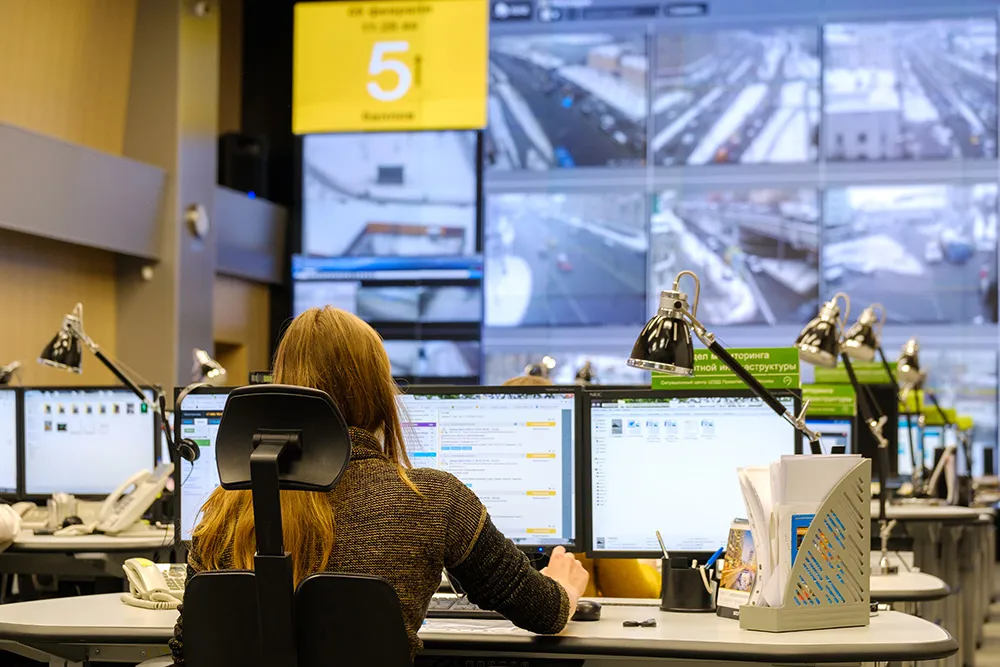Genetec has released AutoVu 4.3, the newest version of its IP license plate recognition solution which now includes features such as real-time alarming and email notification, colour, sound and priority assignment to hotlists, covert hit notification, wildcard hotlists, permit sharing and long-term overtime. In law enforcement applications, AutoVu's real-time alarming and email notification quickly informs assigned recipients of matched license plates or hits. Users can assign different priorities to hotlis
July 24, 2012
Read time: 2 mins
In law enforcement applications, AutoVu's real-time alarming and email notification quickly informs assigned recipients of matched license plates or hits. Users can assign different priorities to hotlists. Each priority can be configured with a different colour and alarm tone, so that officers can be alerted to hits both visually and audibly, to identify the type of hit and its importance.
AutoVu now allows the creation of a wildcard hotlist database; records in that database only include partial license plate numbers, very useful in situations where witnesses did not see or cannot remember a complete license plate number.
In parking enforcement, permit sharing benefits users who have multiple vehicles registered under the same permit. AutoVu can now detect and notify a parking officer when two vehicles with the same permit have been seen in an area within a configured timeframe. In addition, the long-term overtime feature allows parking officers to identify vehicles that have been parked at the same location for a period of one to five days, enabling them to find abandoned vehicles.










